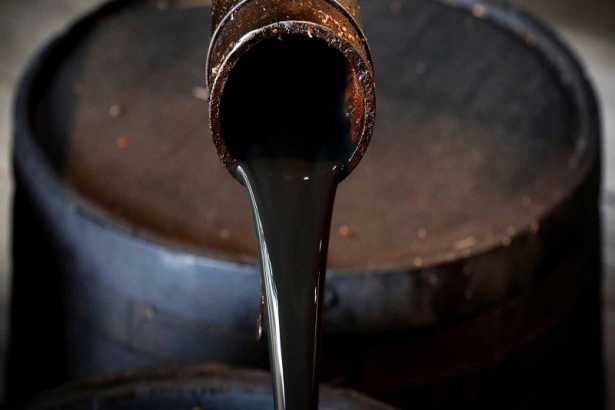Don't panic stay together my friends ~FYI
We believe the bottom is in, but we don’t expect to see much upside activity as long as global supplies are rising and global demand is falling.
Oil Price Fundamental Weekly Forecast – Price Rebound Hinges Upon Speed of Trump’s Recovery2 hours ago (Oct 04, 2020 08:17 AM GMT)U.S. West Texas Intermediate and international-benchmark Brent crude oil futures finished sharply lower last week with the bulk of the selling coming after U.S. President Donald Trump tested positive for COVID-19. Other catalysts behind the weakness were the lack of progress on a stimulus package, a sluggish U.S. labor market and rising global oil output. All of these factors have combined to overwhelm a weak price recovery.
Last week, December WTI crude oil futures settled at $37.34, down $3.17 or -7.83% and December Brent crude oil closed at $39.27, down $3.14 or -8.00%.
98.4KTrump's COVID diagnosis rattles global marketsTrump Tests Positive for COVID-19
The catalyst for a steep decline on Friday was the news that President Trump had contracted COVID-19. The news triggered a volatile move in the financial markets and thrust COVID-19 back into the spotlight for investors. The White House announcement is expected to heighten existing political uncertainty around the U.S. election on November 3, another major risk event for markets.
Crude supplies from the Organization of the Petroleum Exporting Countries (OPEC) rose in September by 160,000 barrels per day (bpd) from a month earlier, a Reuters survey showed.
The increase was mainly the result of increased supplies from Libya and Iran, OPEC members that are exempt from a supply pact between OPEC and allies led by Russia – a group known as OPEC+.
US Drillers Add Oil and Gas Rigs for Third Consecutive Week
U.S. energy firms this week added oil and natural gas rigs for a third week in a row for the first time since October 2018 after price increases in recent months prompted some producers to start drilling again.
The oil and gas rig count, an early indicator of future output, rose five to 266 in the week to October 2, energy services firm Baker Hughes Co said in its closely followed report on Friday.
The total rig count fell to a record low of 244 rigs during the week-ended August 14, according to Baker Hughes data going back to 1940.
U.S. oil rigs rose six to 189 this week, their lowest since the week to June 19, while gas rigs fell by one to 74, according to Baker Hughes data.
US Energy Information Administration Weekly Inventories Report
U.S. crude stocks and distillate inventories fell in the latest week as refiners picked up processing rates, though fuel demand weakened, the EIA said on Wednesday.
Crude inventories fell by 2 million barrels in the week to September 25 to 492.4 million barrels, compared with analysts’ expectations in a Reuters poll for a 1.6 million-barrel rise.
U.S. gasoline stocks rose by 683,000 barrels in the week to 228.2 million barrels, the EIA said, compared with expectations for a 1.1 million-barrel drop.
Distillate stockpiles, which include diesel and heating oil, fell by 3.2 million barrels in the week versus expectations for a 917,000-barrel drop, the EIA data showed.
Weekly Forecast
We should find out early this week if last week’s plunge in prices was an overreaction to the news about President Trump’s contraction of COVID-19. Because of events over the weekend and the uncertainty of the virus, last Friday’s news has become a day-to-day event so traders are likely to approach the market with an air of caution.
We’re expecting a strong rebound rally if Trump recovers quickly. The fact that the OPEC+ production cuts remain intact is likely to provide support for crude oil so any steep sell-off is expected to end with a soft landing.
“We’re increasingly optimistic that a bottom has now been set and still expect to see further (albeit measured) activity momentum into year-end 2020,” analysts at Tudor, Pickering, Holt & Co said this week.
We tend to agree that the bottom is in, but we don’t expect to see much upside activity as long as global supplies are rising and global demand is falling. Last week’s price action essentially lowered the bar for resistance.
Prices could continue to fall, but the market is not likely to collapse. Meanwhile, we’re not likely to see a prolonged move to the upside until demand fears stop increasing, and that’s not likely to happen until the number of new coronavirus cases starts to decline or a vaccine is developed.
Add to My Watchlist
What is My Watchlist?







